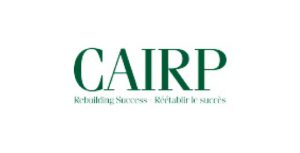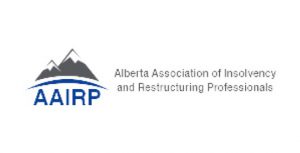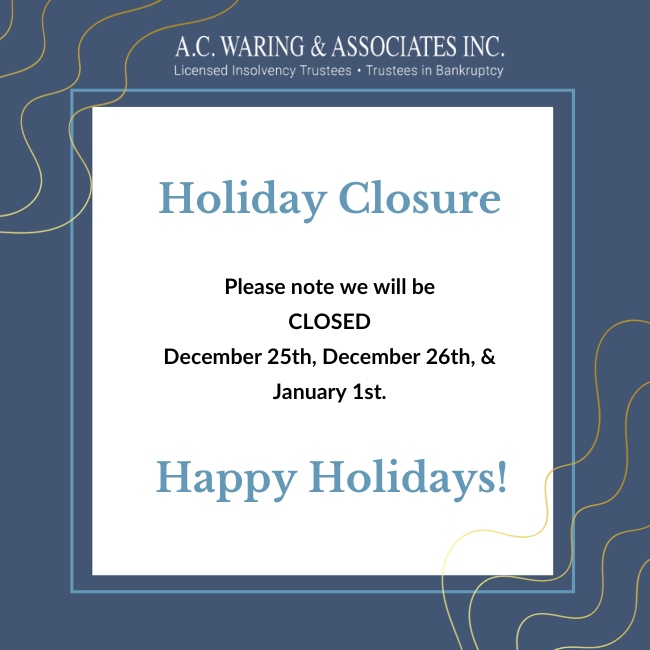Professionals Can Help You Get Out of Debt
Debt is a debilitating problem that many Canadians find themselves stuck in. From mortgages to auto loans, to payday loan shops—the average person may find themselves without a solution.
Fortunately, the Bankruptcy and Insolvency Act allows Canadians to consolidate and reduce the burden of unsecured debts through Division I Proposals (Commercial Proposals) and Division II Proposals (Consumer Proposals).

What Is a Division I Proposal (Commercial Proposal)?
A Division I Proposal is an agreement that, if approved by both the creditors and the Court, becomes a legally binding document between an individual and their creditors. When a Division I Proposal is filed, the outcome often gives creditors more than they would receive in a bankruptcy filing and helps an individual settle some of their financial burdens.
Insolvent corporations that owe any amount of secured debt, as well as individuals with a total amount of consumer debt over $250,000 (excluding the mortgage on their home), can file a Division I Proposal. According to the Office of the Superintendent of Bankruptcy Canada (OSB), a Division I Proposal may be filed by “someone who is insolvent, a receiver appointed by a secured creditor, a liquidator of an insolvent person’s property, someone who is bankrupt, or a Licensed Insolvency Trustee of the estate of a bankrupt.”
When a person files a Division I Proposal and it is accepted, they usually continue to manage all of their assets. Additionally, any actions against them, such as wage garnishments, will be stayed. Division I Proposals allow debtors to pay off a portion of their unsecured debts if the proposal is approved by two-thirds of the creditors. Businesses can benefit from this as it allows them to remain in business without declaring bankruptcy. Should two-thirds of the creditors not approve of a business or individual proposal, the debtor is adjudged bankrupt.
Filing a Division I Proposal will be disclosed in any credit bureau report. Once the proposal is filed, your credit rating may be recorded as R9, which means the debt is in the “write off” category. This, in turn, will make it difficult to get a loan in the future. However, individuals looking to file a Division I Proposal are usually considering it as a last resort, so their credit rating is likely already adversely affected.
Suppose an individual or corporation wishes to file a Division I Proposal. In that case, a Licensed Insolvency Trustee will analyze the cash flow and determine what amount is available to pay their creditors. Once the proposal is filed, a stay of proceedings is put in place relative to creditor collection action.
Moving forward, the trustee will file a statement, and within 21 days, the creditors meet and vote on the proposal. If the proposal is rejected, the individual or corporation is adjudged bankrupt.
But if a Division I Proposal is accepted, an individual or corporation can take up to 5 years to pay. However, it is advised to pay down the proposal as soon as possible. If the individual that filed the proposal defaults on any part, for any reason, creditors may pursue them for the money owed upon application to the Court.
What Is a Division II Proposal (Consumer Proposal)?
A Consumer Proposal is very similar to a Division I Proposal in that an individual will look to file a proposal in place of filing for bankruptcy. The proposal is administered by a Licensed Insolvency Trustee, who helps the debtor develop an offer to pay off a percentage of their debts, extend the time to pay, or both. It cannot have a term longer than 5 years.
In order to qualify to file for a consumer proposal, the individual must have a total amount of consumer debt amounting to less than $250,000. This amount does not include any secured debts, such as mortgages on one’s principal residence. The debtor must also have a stable source of income but is insolvent and unable to pay outstanding, unsecured debts.
The upside to filing a Consumer Proposal is that interest stops immediately on the principal amount owed when it is filed. The proposal acts similarly to a Division I Proposal in that the total amount of debt owed may be dramatically reduced, and the debtor is given up to 5 years to pay. Additionally, the debtor is protected against creditors, and they cannot garnish wages or seize assets. The payments depend largely on the individual’s income, the amount contributed to any family living expenses, and the quantum of debt.
Like a Division I Proposal, a Consumer Proposal will affect an individual’s credit rating. It has the effect of changing the credit bureau rating to R7 as opposed to R9 for bankruptcy.An individual must engage a Licensed Insolvency Trustee who helps prepare the proposal. Once filed, the creditors are given 45 days to accept or reject the proposal. If one of the creditors is owed at least 25% of the total value of proven claims, they may request a meeting of the creditors to discuss the proposal and vote on accepting or refusing it. It requires a majority creditor approval; otherwise, the proposal is rejected. A debtor may consider filing for bankruptcy if the creditors reject their Consumer Proposal.
Adding Tools to Your Debt Reduction Toolbox
Anybody can manage their finances with a little bit of effort. Canadians have lots of resources available to them to help balance budgets and change their debt path.
A.C. Waring & Associates can help create a plan to get out of your financial difficulties. Call us now and get started.
Where To Find Us
Find us in the First Edmonton Place building on the corner of Jasper Avenue and 107th Street, behind the Corona LRT Station. Street meter parking is available along Jasper Avenue as well as 106th and 107th Streets, and paid surface parking is off of 106th Street, and underground parking for First Edmonton Place is off of 107th Street.

A.C. Waring &
Associates Inc.
- First Edmonton Place
410-10655 Jasper Ave NW - Edmonton, AB T5J 3S9
Contact
Information
- Phone: 780-424-9944
Hours Of Operation
- Monday: 8:30 AM – 5:00 PM
- Tuesday: 8:30 AM – 5:00 PM
- Wednesday: 8:30 AM – 5:00 PM
- Thursday: 8:30 AM – 5:00 PM
- Friday: 8:30 AM – 5:00 PM
- Saturday: Closed
- Sunday: Closed
Our Google Reviews

Our Testimonials
Dealing with the wonderful people at A.C. Waring has made a traumatic experience hurt a whole lot less.
Everyone there has treated me with nothing but the utmost respect and kindness.
I have nothing but high praise for everyone there.”
J.G.
“Thank You!
Thanks to Stan and everyone at A. C. Waring for making this process simple and easy.”
R.C.
“I appreciate your kindness
Kim was really good. I always felt calmer after talking with her. Please let her know I appreciate your kindness.”
C.G.
“Shanaz, thank you for your understanding, thoughtful support and advice through an extremely difficult time assisting us in resolving our financial difficulties and allowing us an opportunity to get back on our feet.
We are extremely grateful to you and your company for the important service you provide to people and families facing financial adversary in these trying times.”
M & H.
“Thank you!
Dear Pat, Thanks again for your Totally Awesome help!!”
M.V.
Fern,
Thank you so much for making my life better. It means so much that I can at least get up in the morning! Thank you again.
J.K.
“Shanaz and Team!
Our heartfelt gratitude to you all. You provide such an important and life changing service and there are no words to express how grateful we are for all you do.”
K & R
“Although we are not done with our bankruptcy yet we just wanted to say thank you for taking a totally overwhelming situation and making it so much easier for us. You have explained everything along the way and reassured us that we will get through this. Stan has always been there when we had questions. I’m so glad you have been there for us. Thanx for all you do.”
S & G
“To the most sweetest Lady EVER…
Thank you so much for being there for us, for helping us out and for giving us a second chance at our financial life. If it wasn’t for you we would not be where we are right now and probably would not have been able to move back home this quickly and unexpectedly.
So thank you for all that you have done for us and continue to do. You and your company have been a life saver, changed our lives (both us and kids) in all aspects and ways possible! We will forever be grateful to you and hopefully one day be able to physically see you and give you a HUGE hug.
Take care, and if you ever travel our way to Eastern Canada, please contact us…our door will always be open to you and your loved ones!!!”
J.B. and L.B. Family
“Very grateful!
Dear Shanaz,
Thank you for all you’ve done for me, I am very grateful for you! God bless you Shanaz.”
JT
“What truly matters…
Thank you so much for taking the time to speak with me today. I know how incredibly busy you are, yet you made me feel like a special person and someone who is valued. You probably make all of your clients feel that they.
Please tell others to never give up hope and to keep their loved ones close, as that is truly what matters.”
H. & G.
“Thank you so much!
It was great meeting you. Thank you so much for explaining the bankruptcy process to my brother and I. You are very knowledgeable and friendly and you helped my brother a lot.”
E.S.
“Shanaz, Thank you for your guidance and expertise.
Shanaz, Thank you for your guidance and expertise. I appreciate all the help you have given me. Seriously, Thank You from the bottom of my heart! (I’m no doctor, but apparently that’s where the most grateful part is.)”
C.M.
“Thank You
Arthur, Heather and Beth,
Thank you 1000 x 5!!”
M.S.
“Thank you for your help!
Hi Shanaz, I had a second and wanted to thank you for your help!”
L.D.
“Thank you for all you’ve done
Thank you so much for all your help! I appreciate all that you have done for me!”
C.
“Thanks and Appreciation
With thanks and appreciation for your help”
D.A.
“Thank you
Just want to say Thank You for all your help.”
J.T.
“Thank you so much for all your kindness, wisdom and support.
We are so grateful for you.
We will gladly refer our friends and family to you.
Many beautiful blessings in your life.”
T. and T.B.
“Good Morning
I would like to thank the staff for helping me during my bankruptcy.
Thanks once again.”
J.B.
“Happy New Year to Everybody
Because of you guys i was able to have a better holiday.
Thank you so much.”
G.L.
“Thank you and your Company for your assistance
I am writing this letter to thank you and your Company for your assistance at my hard times. I was your client in 2015-2017. At that period you supported me both financially and even psychologically. Your professional advice and tact helped me greatly to overcome my temporal financial difficulties and to keep the power to live further. Moreover, you and your highly qualified personnel, especially Beth Bui, who was my adviser at that time, did your best. As a result, I even managed to avoid my depression.
Once again, I just wanted to let you know how much I’ve appreciated your advice and assistance.
Yours truly,”
I.K.
“Much appreciated.
Thank you Shanaz, for all your help. Much appreciated.”
Mr. and Mrs. B
“Your staff are great
Arthur, it was good to talk to you. Your staff are great too and I have learned a lot. Thank you.”
G.
“Thank you for all the help
Dear Shanaz,
I want to thank you for all the help you have done for me. Hope things are well with you and your family.
Thank you so very much,”
J.T.
“Such a good experience
Such a good experience. After a change in finances left us without many options, so glad A. C. Waring and Associates have been there every step of our recovery process.”
R.F.
“I can’t thank you enough
Dear Shanaz:
Hope things are going okay with you and my accounts. If You need to call me please do. I can’t thank you enough for what you are doing for me. Please take care,
Yours truly,”
Joyce
“Thank You for Being Thoughtful
To the A C Waring & Associates Family,
Thank you for being so thoughtful. You can’t imagine how much it’s appreciated.”
M and R P-K
“Appreciate Your Consideration
Hello Shanaz,
You are a very special and dear person. I so appreciate your consideration!
Sincerely,”
DB
“Always There for Me
To AnnMarie:
Just a Thank You for all your help at a time in my life that was very hard for me. You were always there for me even when I could be a pain. Your help through this process helped me so much. I would like to thank everyone that had a part in the process from beginning to end. Thank you all. Also I feel I should include the wonderful man that hired all these great people, Mr. Arthur Waring. Bless you all. Thank you all again for all your help through the bankruptcy. All the best in all of your futures. You are a great bunch of people. Thank you with all of my heart.”
V.N.
“Made Our Lives Better
Shanaz,
My husband and I cannot thank you enough for all of your assistance. You have made our lives so much better. I hope you have a wonderful New Year.”
Mr. and Mrs. H
“Thank You
Arthur, Heather and Staff,
Thank you for all your help.”
Mr. and Mrs. C
“Appreciated Your Help
AnneMarie,
I appreciated all your help in this solution. Wishing you and yours all the best!”
RG
“Truly an Angel
Shanaz,
Thank you for everything you have done for us and our family. We will keep referring to you! You truly are an Angel.”
M
“Thanks for everything
Hi Fern,
Thanks for everything. Sept 9th was stressful & exciting! Soooo glad I’m “done”.
Thanks-thanks-thanks.”
C.K.
“Helping You When You Need It
Merry Christmas:
I’d like to thank you for getting me through a tough time.”
R
“Thank you for your patience
Fern and Arthur
Thank you for your patience in this trying period for me. Your patience and calmness have been very much appreciated as I worked through this. I never in my life thought I would be going through bankruptcy, it has been most disconcerting. That said, there is reassurance in Karma now that the police have just about finalized the materials to charge and try Mr. C. Thank you once again.”
W.K.
“Thanks to You Both
Hi AnneMarie and Dana,
I just want to take a minute to thank the both of you for all of your assistance in getting me through this.”
DJ
“Special & Dear
Hello Shanaz,
You are a very special and dear person. I so appreciate your consideration!”
DB
“Much Appreciated
Dear Fern,
I appreciated everything for your goodness to me. God bless.”
RB
“Made Our Lives Better
Shanaz,
We cannot thank you enough for all of your assistance. You have made our lives so much better.”
S and SH
“Helping You Find a Fresh Start
Dear Laverne,
Thank you for all your help, patience and understanding during this last year in my bankruptcy. I am glad to put this part of my life behind me and start fresh. I could not have done it without the support you and the staff at A.C. Waring & Associates Inc. offered me.
Thank you,”
A
“Life a Lot Less Stressful
Thank you, Shanaz, again, for all that you have done for us. Too bad we did not do this a lot sooner. It sure opened our eyes and life is a lot less stressful when you don’t receive phone calls from creditors. Thanks again.
God bless you all.”
L and DR
“Great Professionalism
A.C. Waring & Associates,
I would like to thank you very much for the great effort you have shown in arranging the many details required for finalizing the contract design.
Great professionalism.”
F
“Thanks So Much
This poem sent to Shanaz:
“Some impart wisdom or comfort and care.
Some point out the path, and some take you there.
Some warm the heart with a human touch.
You have all these gifts…
Thanks so much.”
M and AA
“Personal Service
Thank you Mr. Waring and Laverne:
I thank you for all your help in encouraging me through this insolvency. I am finally getting on my feet again.
Thanks,”
R
“Beyond Expectations
Hi Shanaz,
I can’t thank you enough, but I hope you know that Dave and I appreciate everything you’ve done. We were even able to put some monies aside. It is a very good feeling to be able to pay for things in cash. Thank you again. We will be in touch with you later.”
L and D
“Professional Support
Dear Laverne,
Just a short note to thank you for all your help involving my file (sorry I’m a bit tardy sending you this card). Approximately mid-August I experienced a relapse and I just started getting back on my feet. I sincerely appreciate the support and guidance you afforded me! All the best to you in the future, take care.
Sincerely,”
D
“Debt Experts
Hi AnneMarie,
I am sorry for the late reply. I received the discharge 2 weeks ago. At work, there’re a lot of things to do. Home is no different. I thank you and A.C. Waring & Associates Inc. very very much for helping me. Without A.C. Waring & Associates and you, my life would have been miserable. With your help and ADDAC classes, I am on the right track. I want to be on this track forever. I don’t want to think of the place that ruined my life. I was not very smart when I made this big mistake.
Thank you AnneMarie,”
W
“Much Appreciated
Fern and Arthur,
Thank you for your patience in this trying period for me. Your patience and calmness have been very much appreciated as I worked through this. I never in my life thought I would be going through a bankruptcy. It has been most disconcerting. That said, there is a reassurance in karma now that the police have just about finalized the materials to charge and try Mr. C.
Thank you once again,”
WK
“Help Starting Over
Good Morning Shanaz,
All of this (debt) has been weighing on my mind for far too long. I can’t thank you enough for all your advice, help and time.
You are truly a beautiful lady with a genuine soul. I hope everything works out for me. I just need to start fresh and over…”
J.C.
“Kindness & Compassion
Thank you for your kindness and compassion. May God richly bless you and your family.”
M. and S.
“Made it Come Through
Thanks for all the effort you put into marking this come through. Thank you!”
N.C.
“Sincere Appreciation
A very special thank you with sincere appreciation.”
K.V.
“Thank You for Your Kindess
Thank you, Heather, for being so patient and kind to me. Many blessings.”
D
“All the Best for 2015
Heather,
All the best for 2015. Thanks!!!”
J and M
“Good Morning Shanaz & Kim,
I’ve had you ladies on my mind lots lately, and just wanted to reach out to tell you thanks!
I can’t believe it’s been 5 years ~ and I’m at the finish line of this part of my life. One more payment ~ whoopie!!!!
I owe you two a million thanks! Not only for setting me up for positive change in my life, but also for your kindness, compassion, and understanding throughout this whole process! I couldn’t have done it without you both!
Kindest regards,
L.”
L.
“Dear Ken, Thank you for your excellent advice.”
J.F.
Thank you for your invaluable assistance in resolving this matter. I highly recommend AC Waring and Associates to anyone I know who may be experiencing difficulties, as my family and I did.
Doug
Management + Staff, Thank you for your kindness & WAKING ME UP.
Peggy
Blog
What Is Foreclosure on a Home?
ForeclosureIn Alberta, foreclosure is carried out under The Land Contracts Actions Act. This action allows your mortgage lender to sell or take ownership of your home when you are in default under your mortgage contract. Default may include any of the following: non-payment of property taxes, insurance expiry and arrears of mortgage payments. However, you still have limited rights and options to protect yourself even when foreclosure proceedings begin. […]
Why You Should Be Careful Before Paying a Collection Agency?
Debt ManagementFinancial adviceHowever, paying a collection agency without understanding the consequences can actually hurt your financial situation and will not improve your credit score since the damage has already been done. […]
What Happens to Debt When You Die?
Debt ManagementIn Canada, your debt does not disappear when you die—it is typically paid by your estate. […]
What Is Foreclosure on a Home?
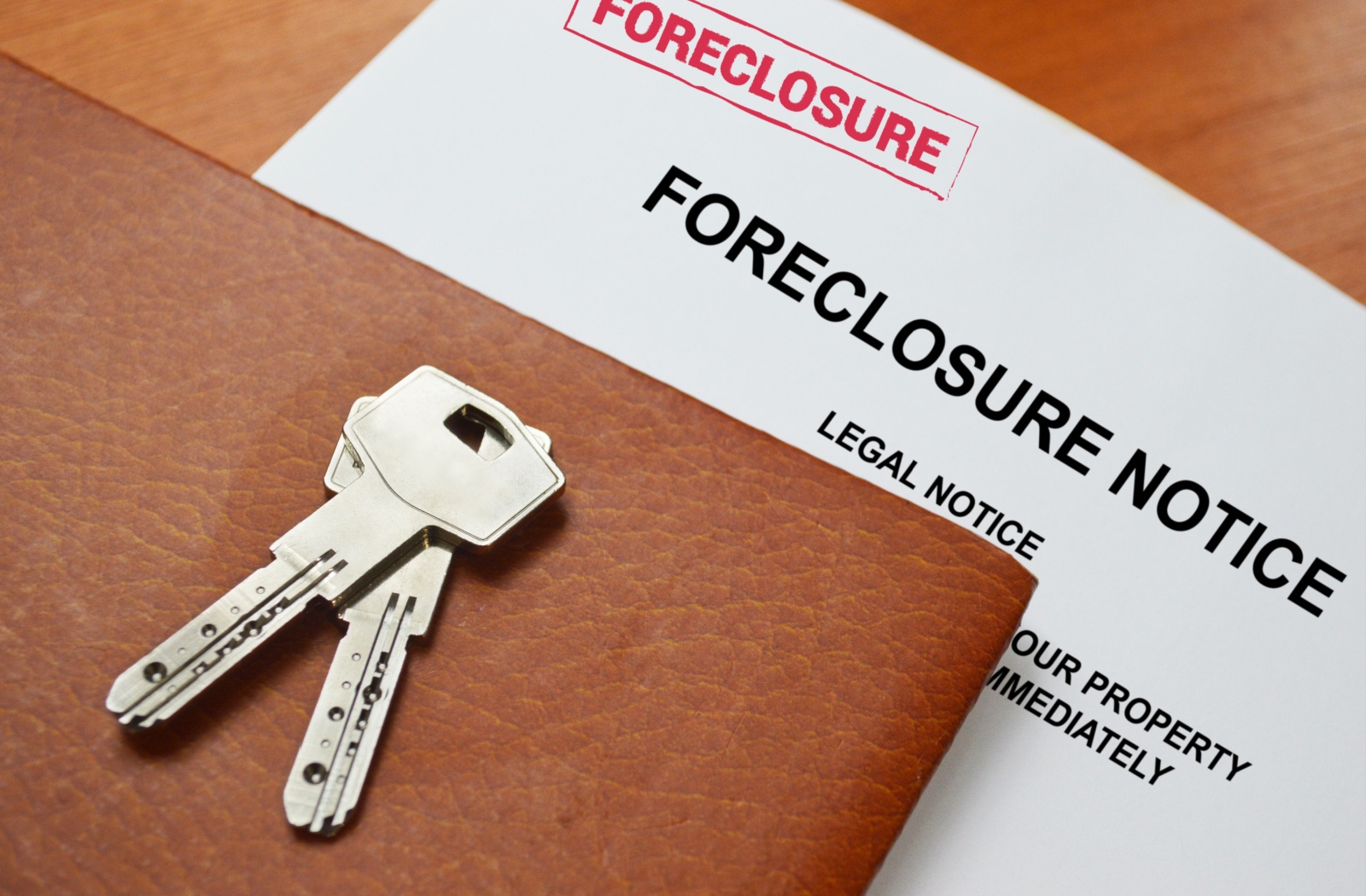
In Alberta, foreclosure is carried out under The Land Contracts Actions Act. This action allows your mortgage lender to sell or take ownership of your home when you are in default under your mortgage contract. Default may include any of the following: non-payment of property taxes, insurance expiry and arrears of mortgage payments. However, you still have limited rights and options to protect yourself even when foreclosure proceedings begin. […]
Why You Should Be Careful Before Paying a Collection Agency?
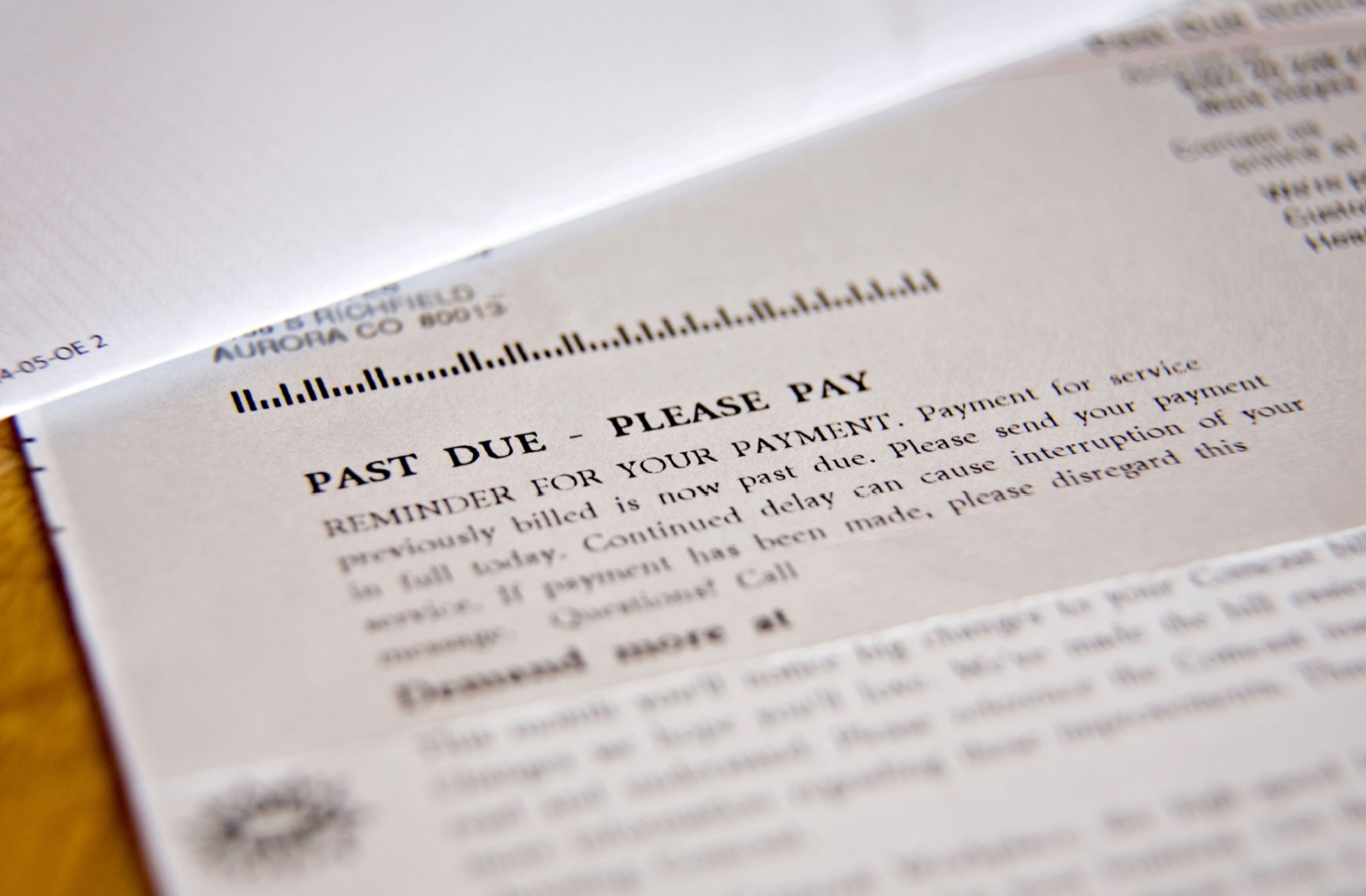
However, paying a collection agency without understanding the consequences can actually hurt your financial situation and will not improve your credit score since the damage has already been done. […]
What Happens to Debt When You Die?

In Canada, your debt does not disappear when you die—it is typically paid by your estate. […]
Professional Affiliations
